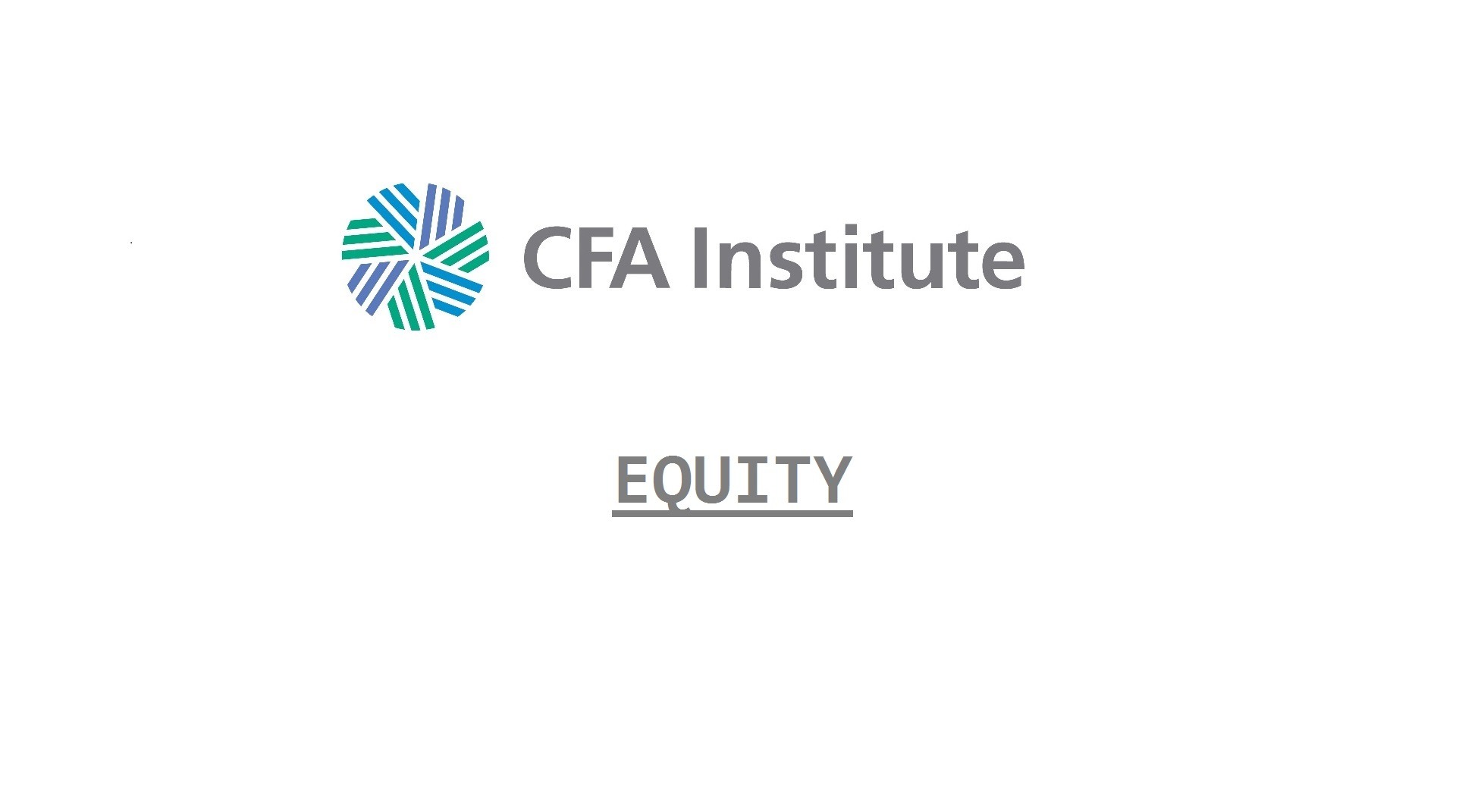Full Replication
Full replication in index investing occurs when a manager holds all securities represented by the index in weightings that closely match the actual index weightings. Advantages of full replication include the fact that it usually accomplishes the primary goal of matching the index performance, and it is easy to comprehend. Full replication, however, requires that the asset size of the mandate is sufficient and that the index constituents are available for trading.
Stratified Sampling
To reduce the costs of full replication but still approximate the factor exposures of the underlying index, a manager may use stratified sampling. With stratified sampling, index stocks are divided into strata (subsets) based on key risk characteristics. Random samples of stocks within each strata are selected for inclusion in the portfolio. The weight of the stocks selected for each strata are such that the portfolio risk factor exposures match those of the index portfolio.
In equity indexing, stratified sampling is most frequently used when the portfolio manager wants to track indexes that have many constituents or when dealing with a relatively low level of assets under management. Indexes with many constituents are usually multi-country or multi-cap indexes, such as the S&P Global Broad Market Index that consists of more than 11,000 constituents.
Optimization
Optimization approaches for index portfolio construction, such as full replication and stratified sampling, have index-tracking goals. Optimization typically involves maximizing a desirable characteristic or minimizing an undesirable characteristic, subject to one or more constraints. For an indexed portfolio, optimization could involve minimizing index tracking error, subject to the constraint that the portfolio holds 50 constituent securities or fewer. The desired output from the optimization process is identification of the 50 securities and their weights that results in the lowest possible tracking error.
Blended Approach
Full replication is preferred for indexes with small numbers of similar liquid stocks, while stratified sampling or optimization is preferable for indexes with many heterogeneous, thinly traded, small-capitalization stocks. For indexes with a large number of stocks—ranging from large and liquid to small and thinly traded, such as the Wilshire 5000—the manager may use a blended approach, with full replication for large liquid index stocks and stratified sampling or optimization for index stocks that are thinly traded.
